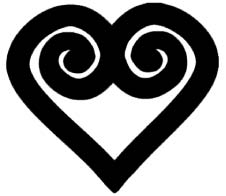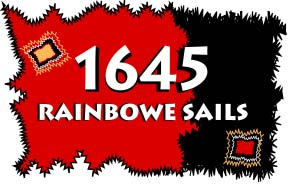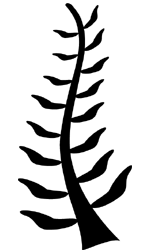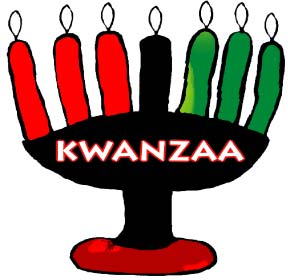|
Meaning Our Voices™ Symbols |
|
|
|
Sankofa symbol- means return and pick it up. Importance of learning from the past and to use it to build on for the future. |
|
The first slave ship that sailed to America.
|
|
|
NYAME NTI , "by God's grace" -symbolof faith and trust in GodAccording to The Adinkra Dictionary by W. Bruce Willis: "This stalk is depicted as the staff of life in many cultures. It symbolizes to the Akan that food is a basis of life and that they could not survive if not for the food that God has placed here on Earth for their nourishment.
|
|
I know I can do all things through CHRIST who strengthens me. I give him praise for my gifts and I share them with a humble heart! We must lead with our Father to light the way!
|
|
BESE
SAKA - "sack of cola nuts" symbol of affluence,
power, abundance, plenty, togetherness and unity
The cola nut played an important role in the economic life of Ghana. A widely-used cash crop, it is closely associated with affluence and abundance. This symbol also represents the role of agriculture and trade in bringing peoples together.
|
|
|
|
KWANZAA - December 26th - January 1st
|





